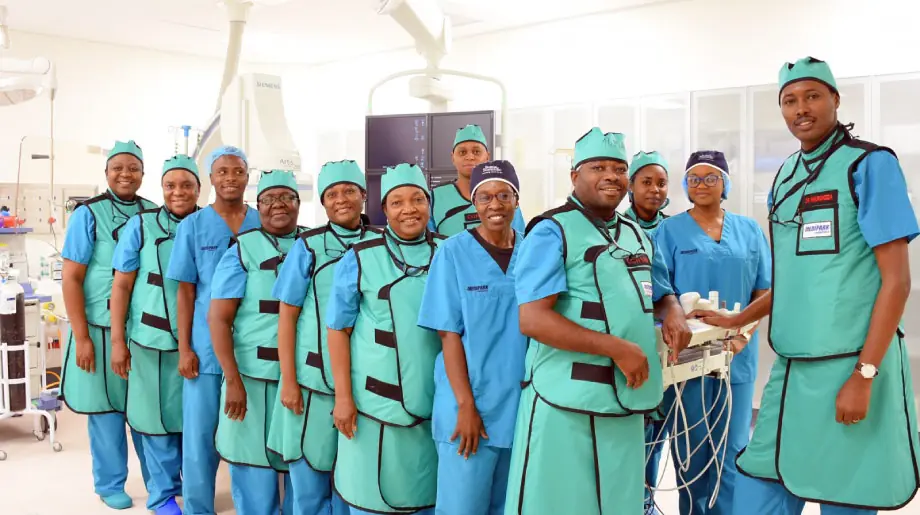Namibia has the second–highest life expectancy in southern sub-Saharan Africa. Life expectancy for males and females declined dramatically from 1990 to 2004, then rebounded from 2004 to 2018, to be second highest in southern sub-Saharan Africa behind Botswana.
According to the latest World Health organisation data published in 2018, Namibia’s life expectancy for males is 61 and 66 for females.
The county’s national Health Policy Framework specifies that health and social well-being are fundamental human rights. In addition, Namibia’s National Development Plan (NDP) spells out as priority areas of improved and quality health service provision.
After Namibia gained independence from South Africa in 1990, its healthcare delivery system reflected a traditional medical model, focused mainly on hospital-based and curative services.
In response to the situation, the newly formed independent government of Namibia made a commitment to health as a fundamental human right and to integrating racially divided communities into one health care system.
Within a few years, the national leadership at the Ministry of Health and Social Services (MoHSS) began reforms to focus on transitioning to a system based on a central role for primary health care (PHC).
The prominence of PHC in these reforms is reflected in the vision of the MoHSS National Directorate for Primary Health Care Services “to translate and oversee the implementation of health policies and programs as an integral part of the health care delivery network based on the strategy and philosophy of primary health care.”
This vision is being realised through both horizontal integration of public health and curative care services, as well as integration across multiple system levels from community health workers to health centres and district hospitals.
Additional efforts have been undertaken to integrate traditionally siloed programs such as HIV/AIDS, malaria, and tuberculosis into PHC. With the support of UNFPA, the MoHSS has remodelled PHC service delivery from a parallel, fragmented model towards a comprehensive, integrated, and patient-centred approach.
For example, a pilot project conducted at Epako Clinic in Gobabis integrated sexual and reproductive health services with HIV services in a model known as “one nurse, one patient, one room.”
Preliminary results suggest that this integration reduces patient waiting times, improves nurse productivity, and reduces stigma and discrimination against those seeking HIV-related services.
Reflecting this model of integration, primary health care in Namibia is centred on four pillars:
- Health promotion
- Disease prevention
- Curative services and
- Rehabilitation services.
As the country began the transition towards a system focused on primary health care, thirteen regional health management teams were created to plan and manage all local PHC services and facilities.
These teams were responsible for managing district health management teams as they sought to operationalise a primary care approach. This decentralisation facilitated more equitable distribution of critical resources.
